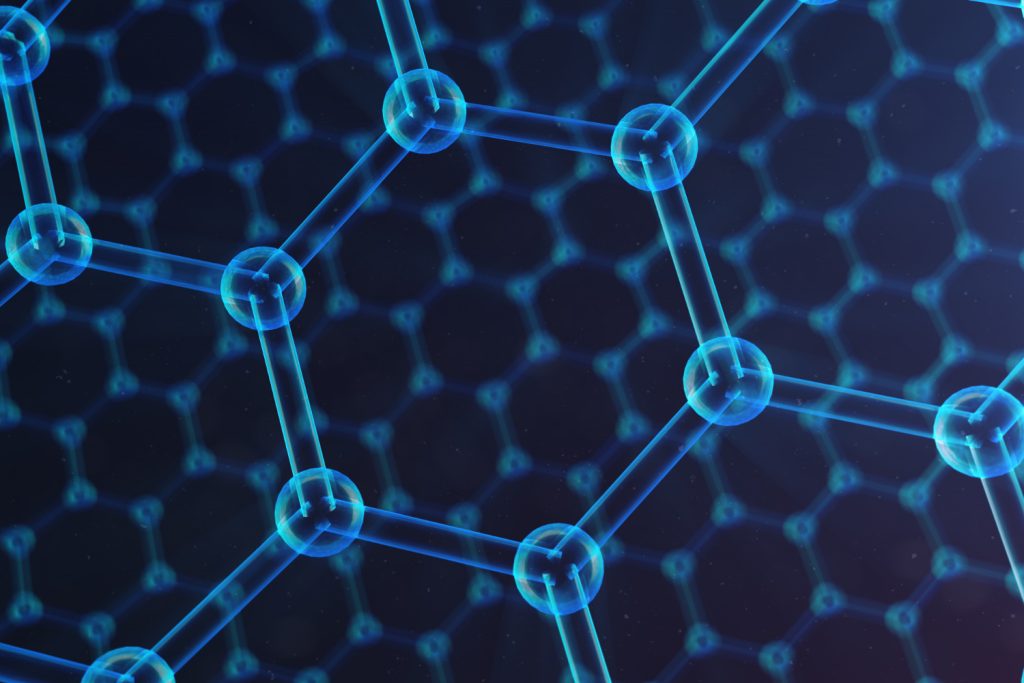A Comparison of Solar Roadways to Conventional Asphalt Roads
Solar Roadways to Conventional Asphalt Roads – Air pollution, which experts consider one of the most significant environmental health risks, causes approximately 4.2 million deaths worldwide each year due to serious illnesses. Mobility and transportation, particularly vehicles on the road, contribute significantly to these statistics by accounting for 8 million metric tonnes of CO2 emissions …
A Comparison of Solar Roadways to Conventional Asphalt Roads Read More »









